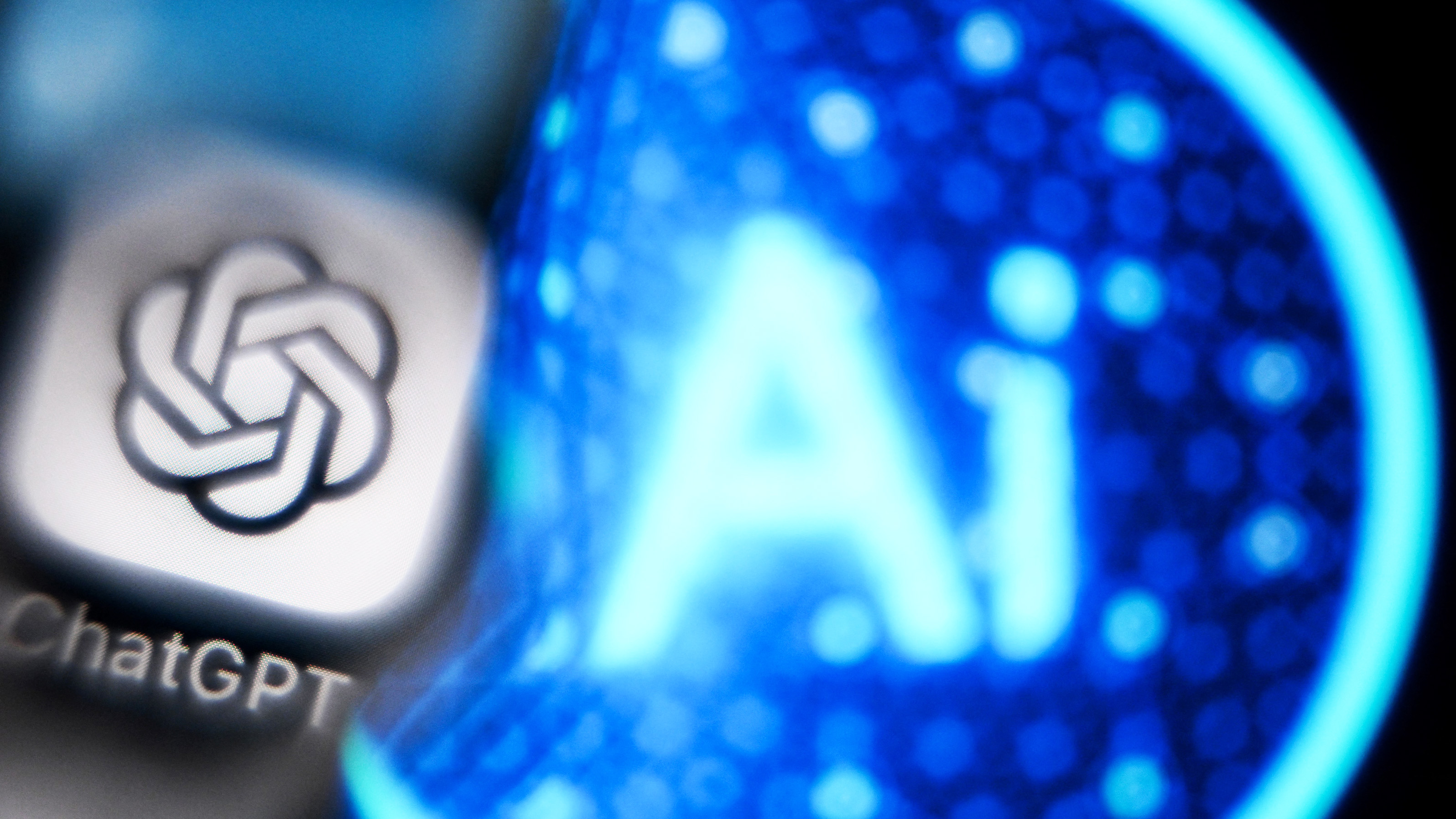Highs and Lows Part V: Microsoft's Smartphone Strategy; This is Not Your Father's Smartphone – Continuum
The days of strict smartphone spec for spec battles have passed. The war of ecosystems is the new battleground.
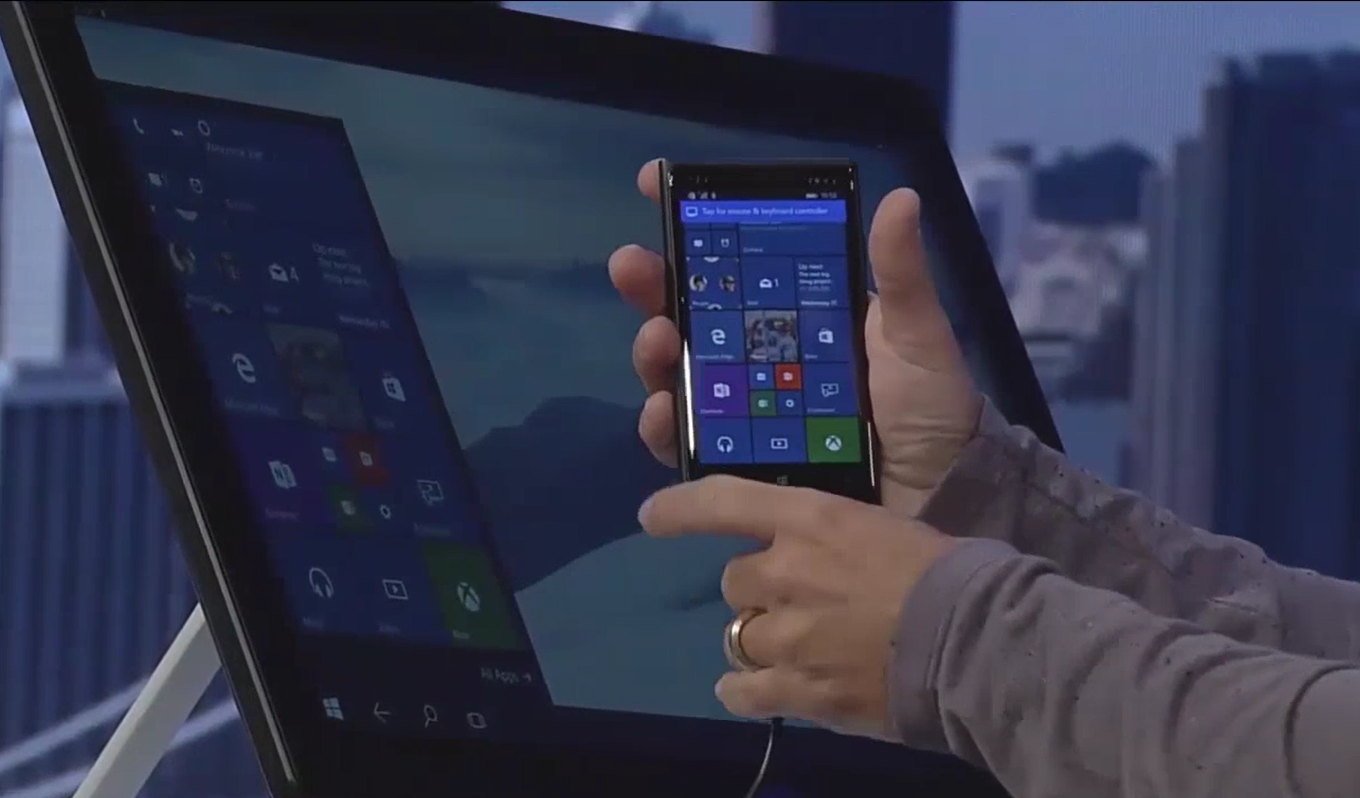
With Microsoft's ecosystem boldly boasting its presence on rival platforms through a proliferation of cross-platform apps, Redmond's mobile devices need a differentiator. Such a differentiator would allow Microsoft devices to showcase the synergy of products and services within the ecosystem in a way the same products on other platforms cannot. Enter Continuum.
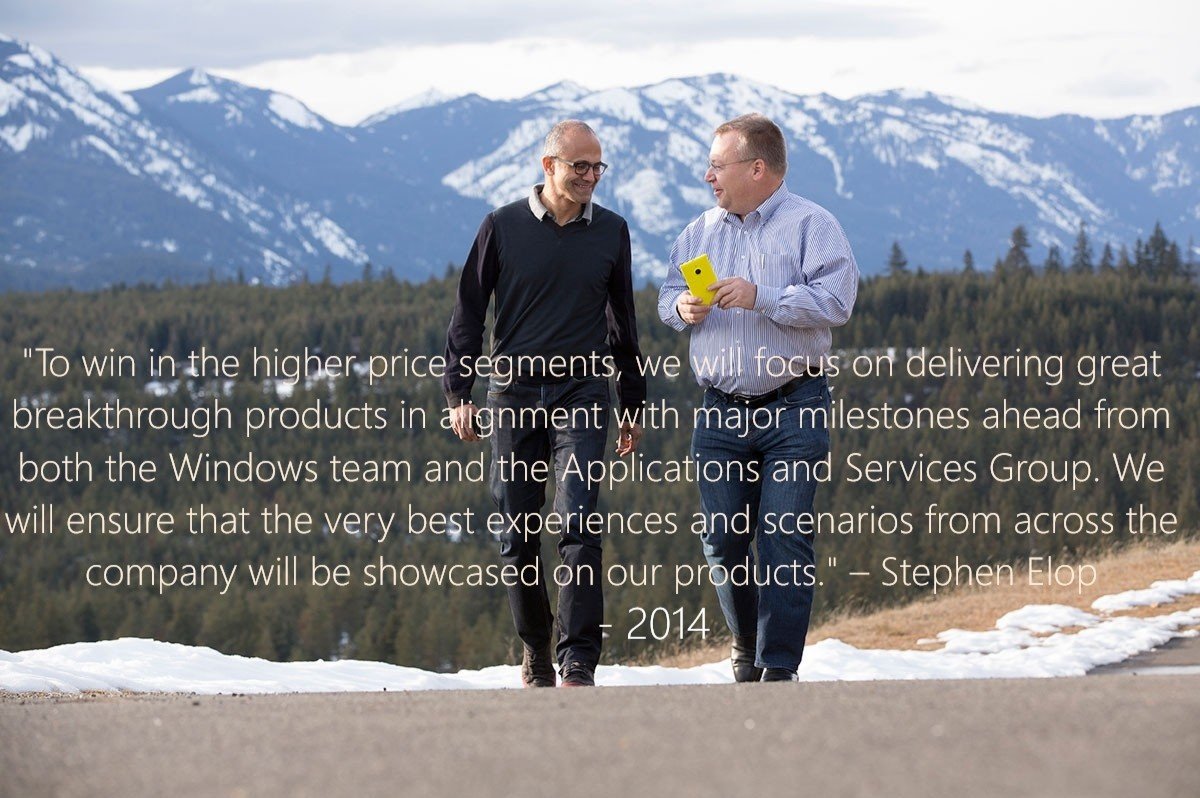
Continuum
"Imagine the effect this can have on mobile first countries where individuals can be as productive with the phone they're buying if they can't buy a full PC," – Belfiore, Build 2015
Continuum for the phone was one of the most exciting announcements from Microsoft's Build Conference. As we know, Continuum on tablets and hybrids allows the Windows OS to switch between the traditional desktop environment and the touch-friendly Modern UI, depending on the hardware configuration.

If a device like the Microsoft Surface is connected to a keyboard, for example, the user is presented with the familiar desktop environment. Disconnecting the keyboard to use it as a tablet prompts the touch-friendly Modern UI. That was the extent of our understanding of Microsoft's Continuum before Build. Joe Belfiore, Corporate VP of Operating Systems Group at Microsoft, changed that when he announced Continuum for the phone.
Conceptually Continuum for the phone works in a similar manner as is does on a tablet. When a Windows 10 phone is connected to a monitor, keyboard, and mouse, apps such as Office and Outlook behave just like their desktop counterparts.
Disconnect the aforementioned peripherals and your trusty Windows 10 phone reverts to the touch-friendly, "pocketable" mobile device you know and love. Essentially every person with a Windows 10 phone will have a light-weight, hybrid PC in their pockets. That's just cool. Tony Stark cool.
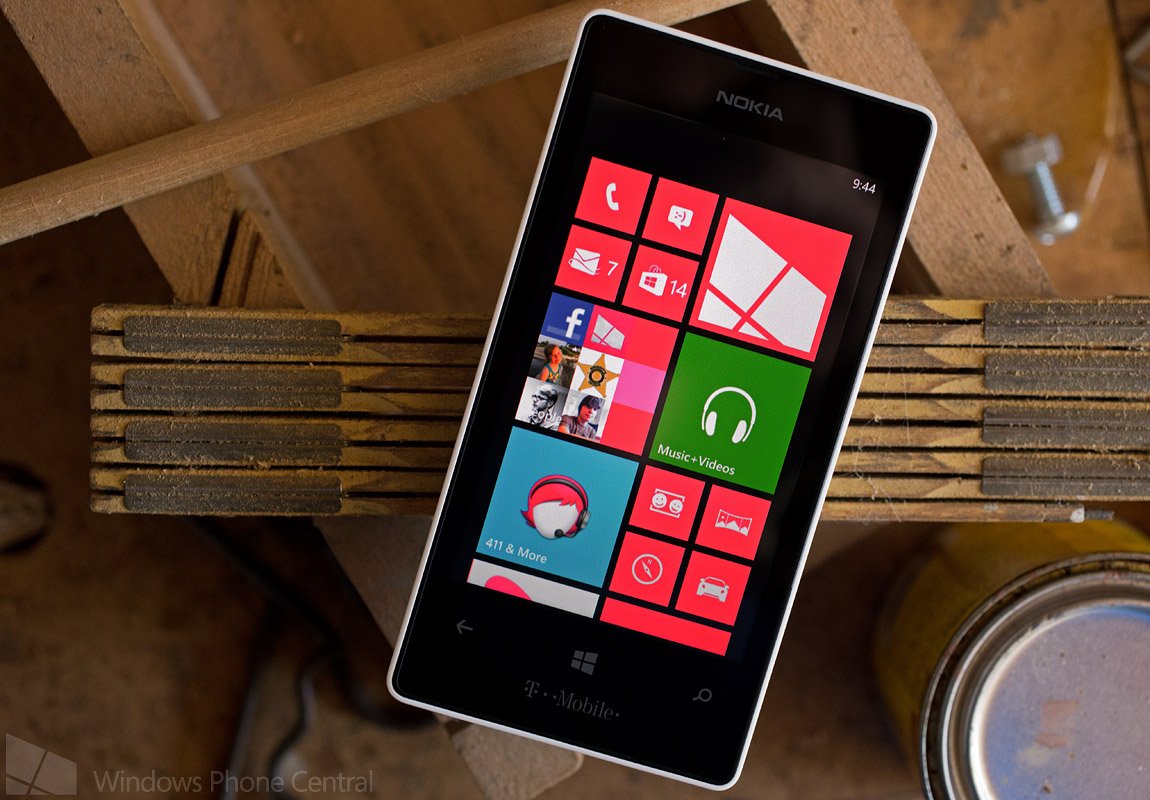
Bottoms Up
Belfiore noted that Continuum for the phone would require new hardware. This means that existing Windows Phones won't support the pioneering function. The new hardware will, however, based on the scenarios Belfiore shared during his presentation, be targeted at a range of individuals across diverse demographics. Business users in the office and families on vacation were among those mentioned. Notably, his above quote that expresses yet another scenario, clearly indicates that Continuum is headed for devices targeted at populations for whom a smartphone is likely their only computing device. We're talking about the mid to low-end. The "next billion".
We can infer from that quote that devices that will support Continuum will include the more affordable range of phones. This, of course, greatly increases the appeal of smartphones sporting Windows 10 Mobile. Whereas presently most Windows Phones purchased are bought because they are affordable, Continuum introduces a potentially game changing differentiator.
All the latest news, reviews, and guides for Windows and Xbox diehards.
Users who cannot afford both a PC and a smartphone could see continuum enhanced Windows 10 phones as a dual purpose value option. A lightweight PC as well as a smartphone.
This, of course, provides consumers who are in the market for a new smartphone, particularly those with limited income, an additional reason to consider a Windows phone over Android or the iPhone.
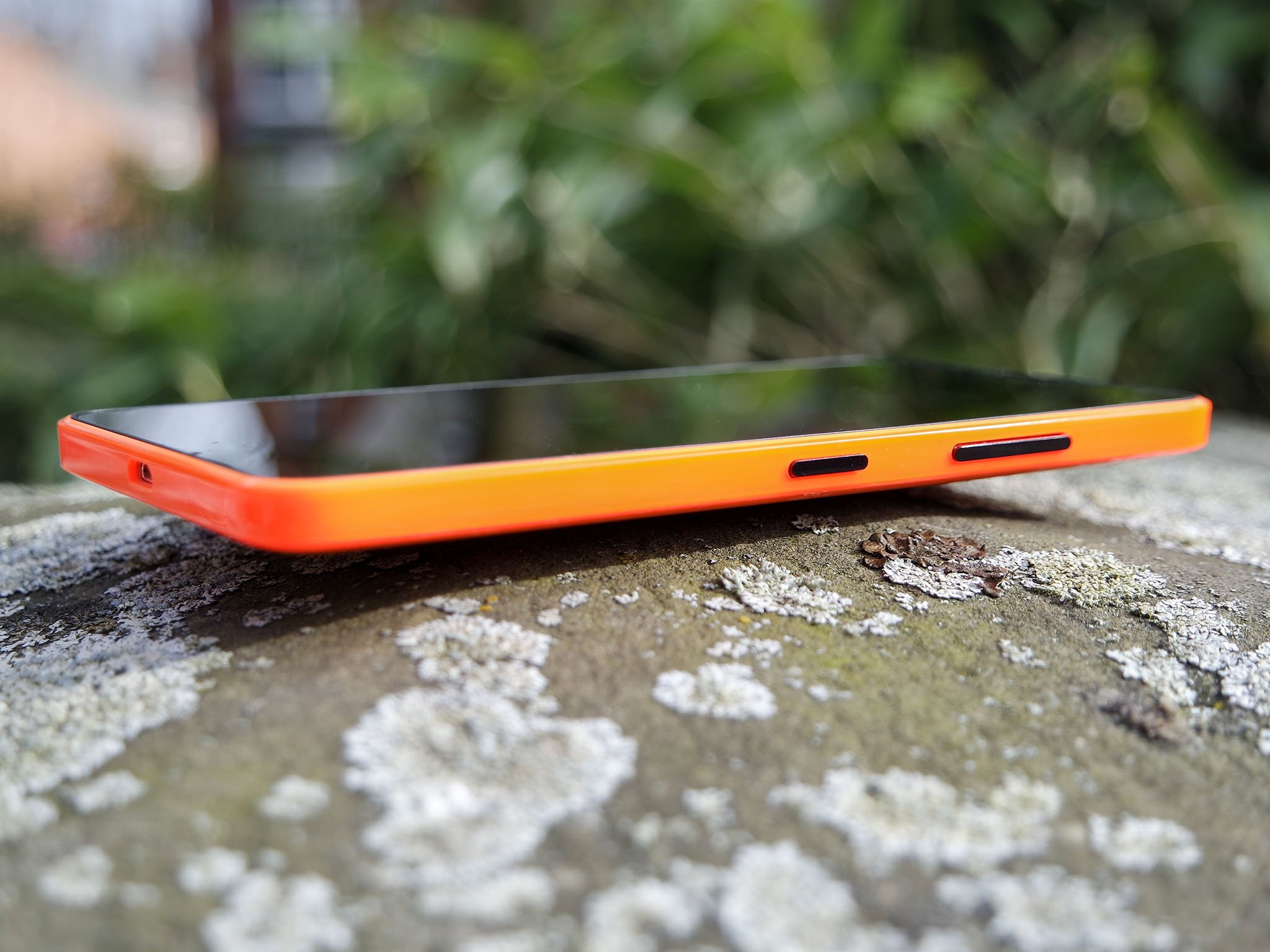
Middle Ground
An additional part of Microsoft's Continuum for phones strategy may be Redmond's positioning of the feature as an incentive to upgrade within its ecosystem of devices and services. If Continuum is first offered on mid-range devices and above, the millions of consumers acquired through Microsoft's low-end strategycould see it as a very appealing upgrade option.
For many in developing regions, a smartphone is their first internet connected device. Thus millions of users of low-end Windows Phones will have experienced mobile productivity for the first time, through products and services strategically designed to engage them with Microsoft's ecosystem. They will have likely learned that many productivity and lifestyle apps designed for mobile platforms are effective, but inherently limited in many respects by the form factors to which they are confined.
Users who will have grown accustomed to these mobile tools within Microsoft's ecosystem may find their liberated, PC-like, Continuum enhanced iterations even more appealing. The ability for a user's next smartphone to function like the PC they desire but can't afford, makes a Windows 10 phone a tantalizing upgrade option. Such a scenario could also play out among citizens and students with limited income in more affluent regions as well.
"We will plan across the company, so we can better deliver compelling integrated devices and services for the high-value experiences and core technologies around which we organize.
Continuum is a feature that is not only appealing to low-end smartphone users. Enthusiasts, enterprise users, students and a host of other potential users may find the ability to transform their smartphones into a PC-like experience very appealing.
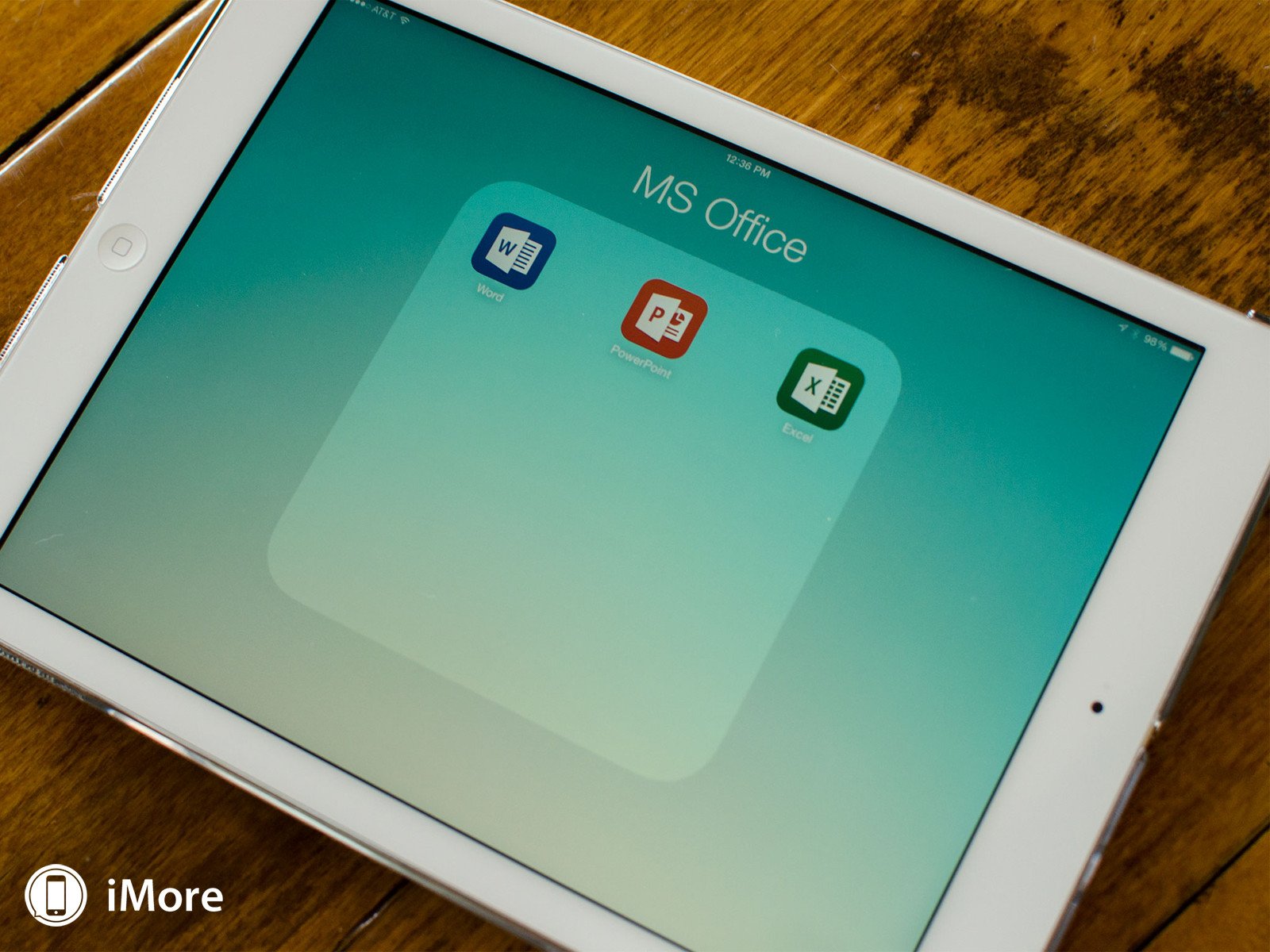
Wheat and Tare; Harvest Time (Or Sleeper Agents)
Continuum also draws on the seeds that Microsoft has purposefully planted on rival platforms. A strategy we shared in part two of this series. Consider this; Office on iPhone and Android will seem pretty limited in comparison to the revamped version of Microsoft's productivity suite that will launch on Windows 10 Mobile. Why? On a Windows 10 smartphone the apps will have the full range of functionality, just as their iOS and Android counterparts. But, with the additional ability to transform into a PC-like experience with a simple connection to a monitor and keyboard.
This experience, of course, would not be limited to Microsoft Office apps. Every cross-platform app that Microsoft has so liberally planted on rival platforms (as shared in part four of this series) will be relegated to a second class experience. That is, with the advent of Continuum enhanced Windows 10 phones. Users who have come to enjoy the Microsoft experience on their respective platforms may find themselves drawn to a Windows phone seeking, as Microsoft CEO Satya Nadella would say, the best Microsoft experience.
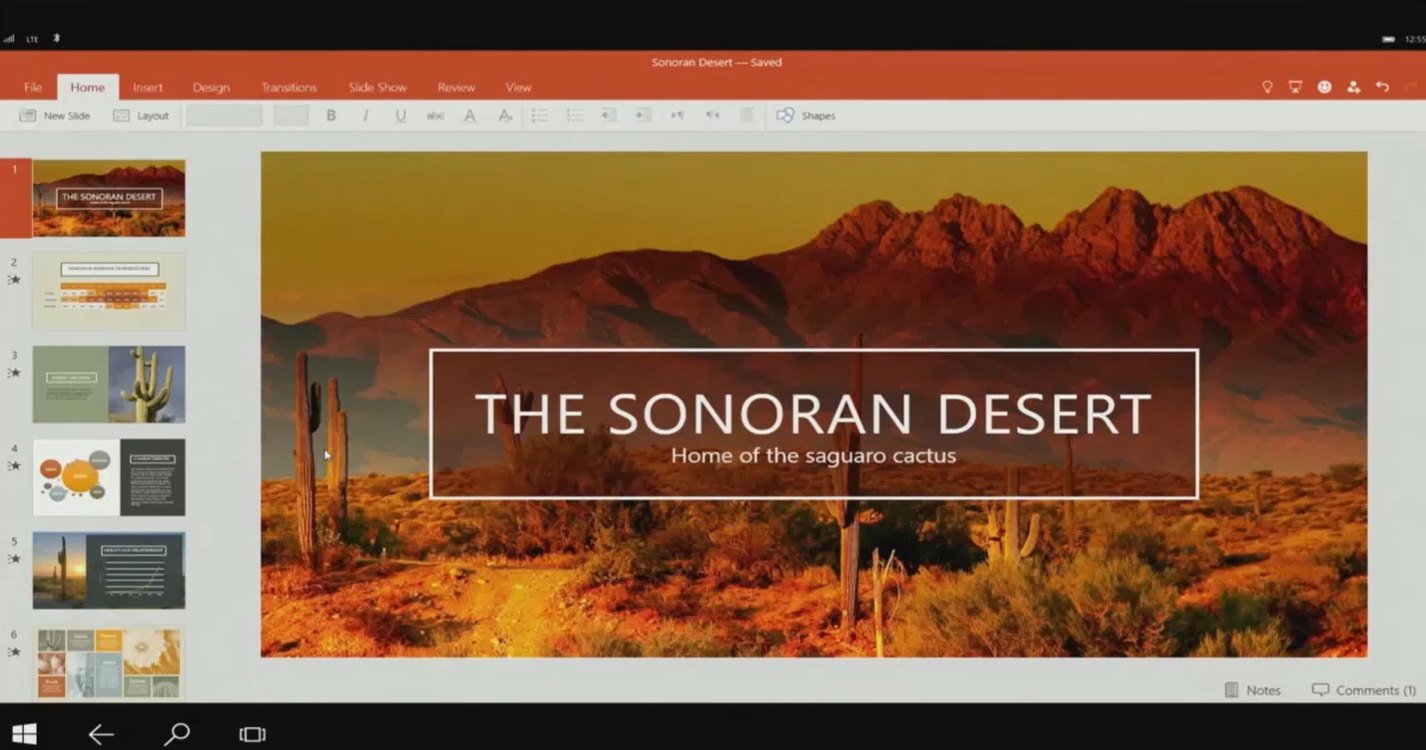
Wait. There's more. Microsoft's first party apps would be more than core platform offerings. They would be aspirational applications demonstrating the differentiating capacity of Continuum. Third party developers who see the value of Continuum on Windows 10 Mobile could then develop, where appropriate, Universal Windows versions of their apps taking advantage of this pioneering functionality.
Imagine a growing library of flexible Continuum enhanced Universal Windows apps, with iOS and Android counterparts of these apps that are stuck in the archaic environment of a "one dimensional" OS. An OS that is unable to conform to more intensive productivity needs and flexibility demands as Windows 10 Mobile will be able to do. Window phones will likely begin to grow in appeal among consumers as the OS proves capable of flexibility and functionality beyond anything Apple and Google are bringing to the table.
"Apps," you ask? By providing developers with the tools to convert their iOS, Android, and Win32 apps into Universal Windows apps, Microsoft has done virtually all that it can to answer the app gap problem. Time will tell if developers respond. Microsoft's focus now is differentiating its platform from the competition to make it more appealing to both consumers and the developers it so desperately needs.
This is Not Your Father's Smartphone; The Ideology of a Continuum Based Ecosystem
"In the next few years, we will see many more new categories evolve and experiences emerge that span a variety of devices of all screen sizes. Microsoft will be at the forefront of this innovation with a particular focus on dual users and their needs across work and life."
When we were first introduced to Continuum by way of the Surface, we envisioned it as simply a means for the Windows 8.1 dual user interface OS to easily conform to different hardware configurations. With Continuum for the phone however we see that it is more a conceptual ideology shaping the way Microsoft is approaching modern computing.
Computing is transient. Our work and leisure productivity needs are not confined to a type of device or a particular environment. We live much of our digital lives in the cloud and across devices. Both we and Microsoft know that. To create a computing environment that fits seamlessly into this paradigm, to avoid the abrupt hiccups encountered when a device or OS fails to flow with our needs, Microsoft is introducing an OS, device, and services ecosystem that is malleable. Continuum.
Continuum introduces the idea and presents the reality that a device and OS can be fundamentally designed to reshape to serve changing needs; to conform to multiple scenarios. Humans do it all the time. I think Microsoft believes that our devices, which are increasingly more a part of us, should too.
High-End Hold Up
Despite a yearning by fans, I believe that foresight has restrained Microsoft from introducing high-end Windows Phones into the mobile fray of late. That knowing before Windows 10 and Continuum, Windows Phone 8.1 simply does not possess a compelling enough differentiator to entice entrenched users of other platforms.
Of course, that conclusion wasn't reached through mere speculation. The experience was the brutal teacher. Live tiles, Cortana and the unique Windows Phone UI are all appealing parts of the Windows Phone experience. These aspects of the platform, however, just didn't have enough consumer appeal to provoke Redmond to hazard another play with an expensive high-end device sporting its obscure Windows Phone 8.1 platform.
With the record setting success of the iPhone 6/Plus and Samsung's and other Android high-end offerings, a high-end Windows Phone 8.1 device, as others before it, would have gone largely unnoticed in the market.
Its failure would have likely been lauded by the tech media fueling negative consumer perception of Windows Phone as Microsoft prepares to launch its ambitious Windows 10 platform. Who needs that?
Windows 10 Mobile with Continuum, I believe, changes Microsoft's fortunes. It conceivably adds something to the mix that general users from all platforms will find appealing and that the media will find exciting. Continuum, I think, will be widely coveted.
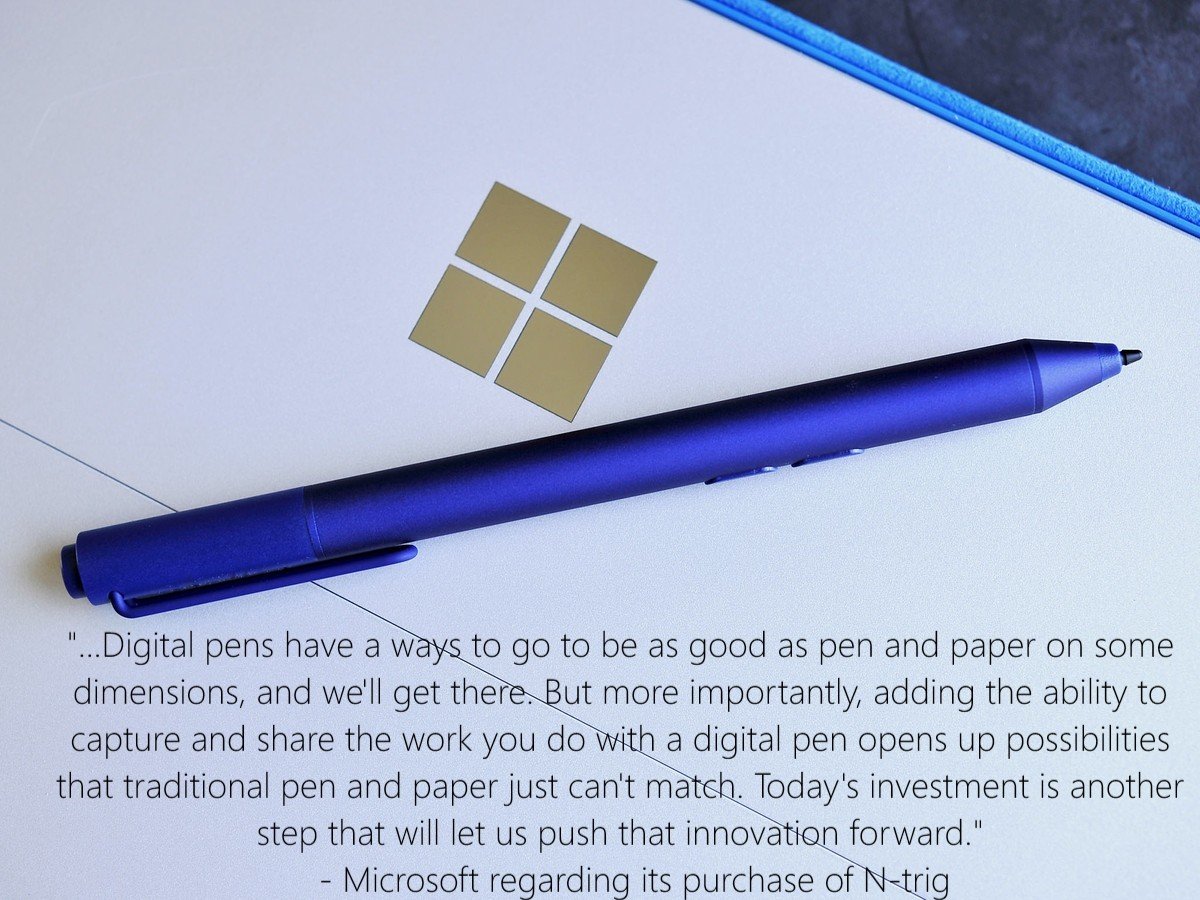
Take "Note"; In a "Galaxy" Not So Far Away - The Evolution of Continuum
I know most Windows Phone enthusiasts are waiting for high-end devices with killer specs. I'm certain Microsoft will deliver. But that's not what's going to sell Windows 10 phones. High-end specs, quite frankly, are the price of admission. They'll simply get Microsoft branded smartphones a seat at the table. Nothing more.
Apple, Samsung, LG and others all have successful high-end devices in the market. They're known by consumers and are linked to ecosystems they have bought into. Differentiation is what will sell Windows Phones. Continuum, coupled with a uniform platform and universal apps I believe, is what Microsoft is positioning as that differentiator.
Additionally, as an ideology directing Microsoft's approach to modern computing I think we will see Continuum manifest in other ways as well. There have been leaks of what appear to be flagship Windows 10 phones. According to what has been shared of these great devices thus far, however, I don't think they represent the epitome of what Microsoft envisions as a blockbuster debut of a flagship Windows 10 phone.
Especially when one considers the precedent of the synergy of hardware and software the company set with their premiere tablet the Surface Pro 3, which Satya Nadella uses as a shining example of upcoming products.
Our first-party devices will light up digital work and life. Surface Pro 3 is a great example – it is the world's best productivity tablet. In addition, we will build first-party hardware to stimulate more demand for the entire Windows ecosystem. That means at times we'll develop new categories like we did with Surface. It also means we will responsibly make the market for Windows Phone, which is our goal with the Nokia devices and services acquisition.– Satya Nadella
That, with the recent purchase of N-trig, the Israeli-based company responsible for the popular OneNote connected side kick to the Surface Pro 3, leads me to believe a "noteworthy" new category of Windows phone may be on the horizon.
Do you see what I see?
Sound off in comments and on Twitter @JLTechWord
See you in Part VI-Noteworthy

Jason L Ward is a Former Columnist at Windows Central. He provided a unique big picture analysis of the complex world of Microsoft. Jason takes the small clues and gives you an insightful big picture perspective through storytelling that you won't find *anywhere* else. Seriously, this dude thinks outside the box. Follow him on Twitter at @JLTechWord. He's doing the "write" thing!
